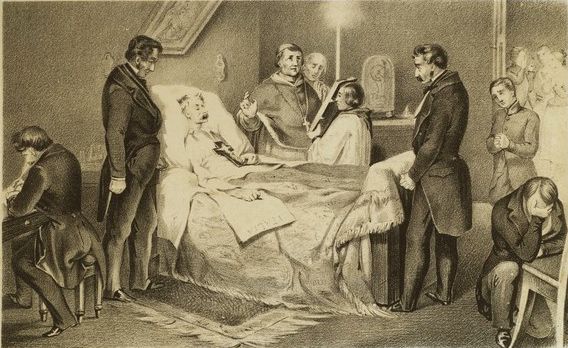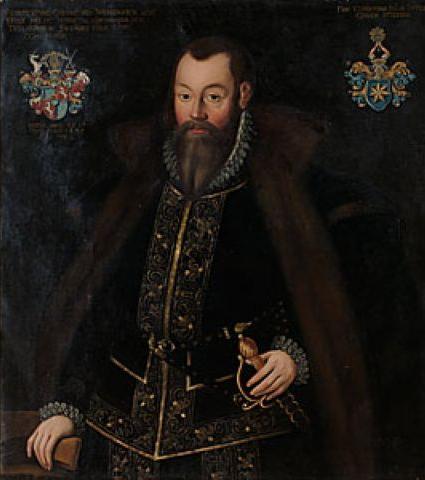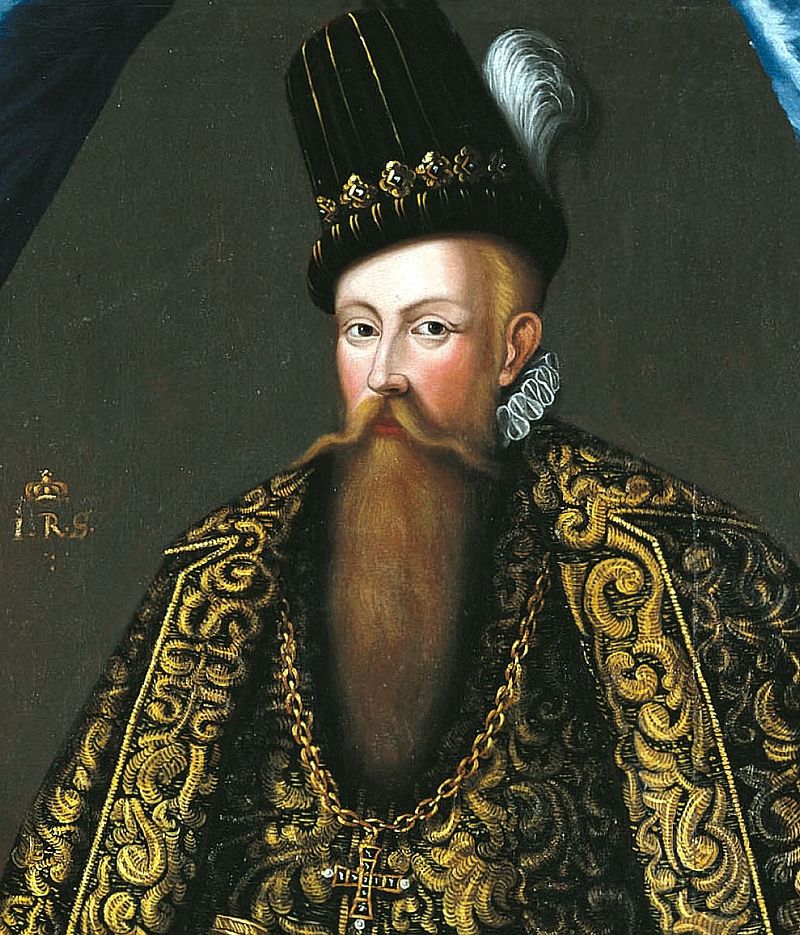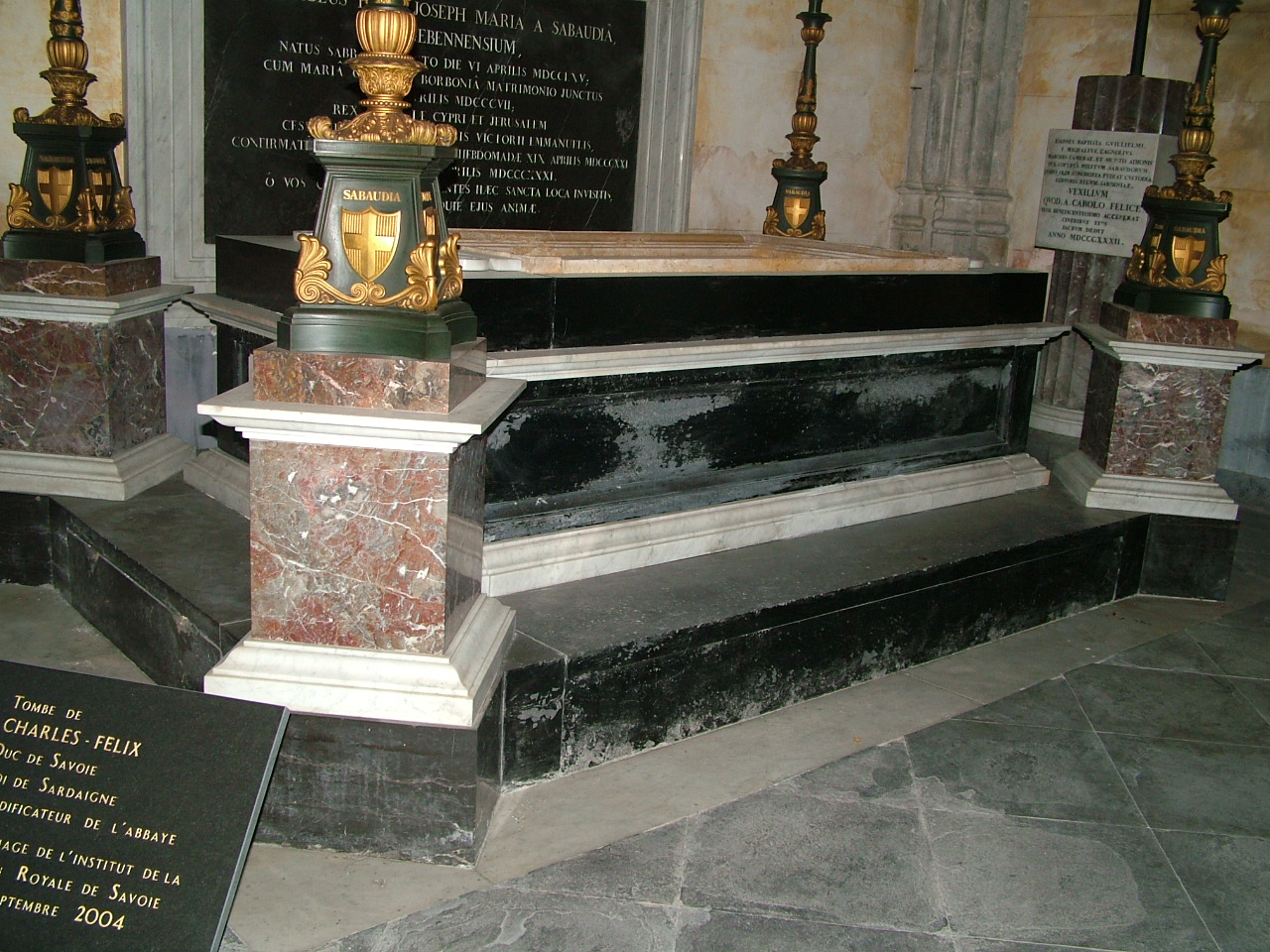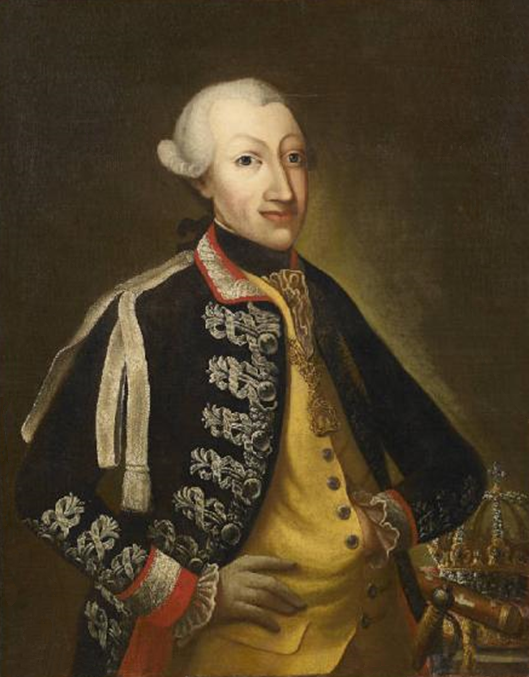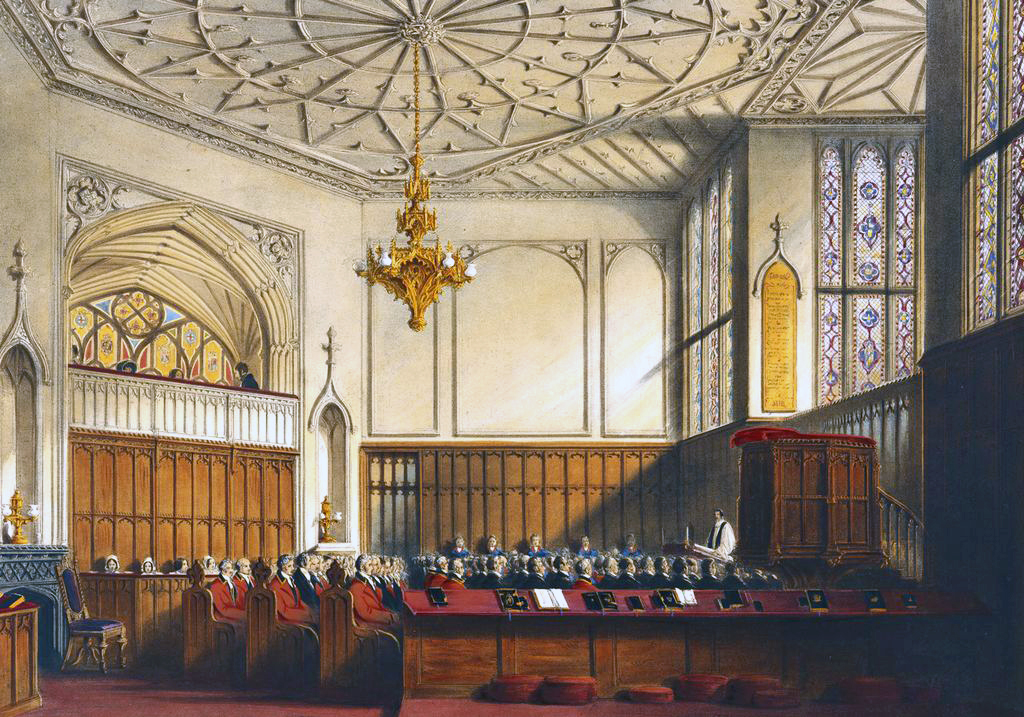by Susan Flantzer
© Unofficial Royalty 2021
The Kingdom of Sardinia: The House of Savoy had been Counts and then Dukes of Savoy, since the 11th century and ruled from the city of Turin, now in northern Italy. Vittorio Amedeo II, Duke of Savoy became King of Sicily in 1713 as a result of his participation in the War of the Spanish Succession. However, in 1720, Vittorio Amedeo II was forced to exchange the Kingdom of Sicily for the less important Kingdom of Sardinia after objections from the Quadruple Alliance (Great Britain, France, Habsburg Austria, and the Dutch Republic).
Sardinia, now in Italy, is the second-largest island in the Mediterranean Sea after Sicily, also now in Italy, but the Kings of Sardinia of the House of Savoy ruled from Turin, the capital of the Duchy of Savoy. They styled themselves as Kings of Sardinia because the title was superior to their original lesser title as Dukes of Savoy. However, they retained the regnal numerical order of the Dukes of Savoy.
Vittorio Emanuele II became the last King of Sardinia upon the abdication of his father in 1849. He then became a driving force behind the Italian unification movement along with Giuseppe Garibaldi, a general and nationalist, and Giuseppe Mazzini, a politician and journalist. Garibaldi conquered Naples and Sicily, the territories of the Kingdom of Two Sicilies, while the Sardinian troops occupied the central territories of the Italian peninsula, except Rome and part of Papal States. With all the newly acquired land, Vittorio Emanuele II was proclaimed the first King of the new, united Kingdom of Italy in 1861.
Note: Children of Kings of Sardinia were often styled “of Savoy” as their fathers were also Dukes of Savoy from the House of Savoy.
********************

Maria Theresa, Archduchess of Austria, Princess of Tuscany, Queen of Sardinia; Credit – Wikipedia
Born an Archduchess of Austria and a Princess of Tuscany, Maria Theresa Franziska Josepha Johanna Benedikta was the wife of Carlo Alberto, King of Sardinia. Her birth occurred on March 21, 1801, in Vienna, Austria. She was the youngest of the five children and the youngest of the three daughters of Ferdinando III, Grand Duke of Tuscany and his first wife and also his double first cousin, Princess Luisa of Naples and Sicily. Maria Theresa’s paternal grandparents were Pietro Leopoldo I, Grand Duke of Tuscany (reigned 1765 – 1790) (also Leopold II, Holy Roman Emperor, reigned 1790 – 1792) and Maria Luisa of Spain. Her maternal grandparents were Ferdinando I, King of the Two Sicilies and Maria Carolina of Austria.
Maria Theresa had four older siblings.
- Archduchess Carolina Ferdinanda of Austria (1793 – 1802), died in childhood
- Francesco Leopoldo, Grand Prince of Tuscany (1794 – 1800), died in childhood after falling from a carriage
- Leopoldo II, Grand Duke of Tuscany (1797 – 1870), married (1) Maria Anna of Saxony, had three daughters (2) Maria Antonia of the Two Sicilies, had ten children
- Archduchess Maria Luisa of Austria (1798 – 1857), unmarried
In 1802, when Maria Theresa was just eighteen months old her mother died giving birth to a stillborn son. However, her father did not marry again until 1821 when he married the much younger Maria Ferdinanda of Saxony. Ferdinando III, Grand Duke of Tuscany was hoping that his second marriage would produce another male heir but the marriage was childless.

Carlo Alberto, Maria Theresa’s husband; Credit – Wikipedia
In 1817, sixteen-year-old Maria Theresa was chosen as the bride for nineteen-year-old Carlo Alberto, 7th Prince of Carignano. Carlo Alberto was the senior male member of the House of Savoy-Carignano, a cadet branch of the House of Savoy. Neither Vittorio Emanuele I, King of Sardinia nor his younger brother and eventual successor Carlo Felice from the House of Savoy had sons. Therefore, Carlo Alberto was second in line to the throne of Sardinia after Carlo Felice. On September 30, 1817, Maria Theresa and Carlo Alberto were married in Florence, Grand Duchy of Tuscany, now in Italy. A nuptial mass was held on October 2, 1817, at Florence Cathedral. After her marriage, Maria Theresa was styled as the Princess of Carignano.

Maria Theresa in the year of her marriage; Credit – Wikipedia
The couple resided at the Palazzo Carignano in Turin, Duchy of Savoy, now in Italy and Carlo Alberto often invited young intellectuals who shared his liberal ideas. Maria Theresa was a very religious, shy, and immature sixteen-year-old and had a temperament quite different than her husband. She was not ready to fully take on her role as a wife. In the evening, rather than keep her husband company, she preferred to play games like blind man’s bluff with the friends she invited to the palace. After a three-year period of adjustment, Maria Theresa and Carlo Alberto began their family and had three children:
- Vittorio Emanuele II, King of Sardinia, later King of Italy (1820 – 1878), became the first king of a united Italy, married (1) Adelheid of Austria and had eight children (2) married morganatically Rosa Vercellana, created 1st Countess of Mirafiori and Fontanafredda, had two sons
- Ferdinando of Savoy, Duke of Genoa (1822 – 1855) married Elisabeth of Saxony, had two children including Margherita who married her first cousin Umberto I, King of Italy
- Maria Cristina of Savoy (1826 – 1827), died in infancy

Maria Theresa and her two sons; Credit – Wikipedia
Upon the death of the childless Carlo Felice, King of Sardinia on April 27, 1831, the throne passed to Carlo Alberto of the House of Savoy-Carignano and the direct male line of the House of Savoy came to an end. Maria Theresa was then styled as Queen of Sardinia.
In 1848, Carlo Alberto attempted to rid the Italian peninsula of Austrian rule and supported states resulting in the First Italian War of Independence, part of the Italian Unification. After his forces were defeated by the Austrian forces at the Battle of Novara, Carlo Alberto immediately abdicated in favor of his son Vittorio Emanuele and went into exile in Porto, Portugal. However, by the time he reached Porto in April 1849, he was seriously ill. On July 28, 1849, Carlo Alberto suffered a third heart attack. He was given last rites, fell asleep with a crucifix on his chest, and died at 3:30 PM at the age of 50. Carlo Alberto’s remains were returned to Turin, Duchy of Savoy, now in Italy, where his funeral took place on October 13, 1849, at the Turin Cathedral. He was buried at the Basilica of Superga in Turin, the traditional burial site of the House of Savoy.
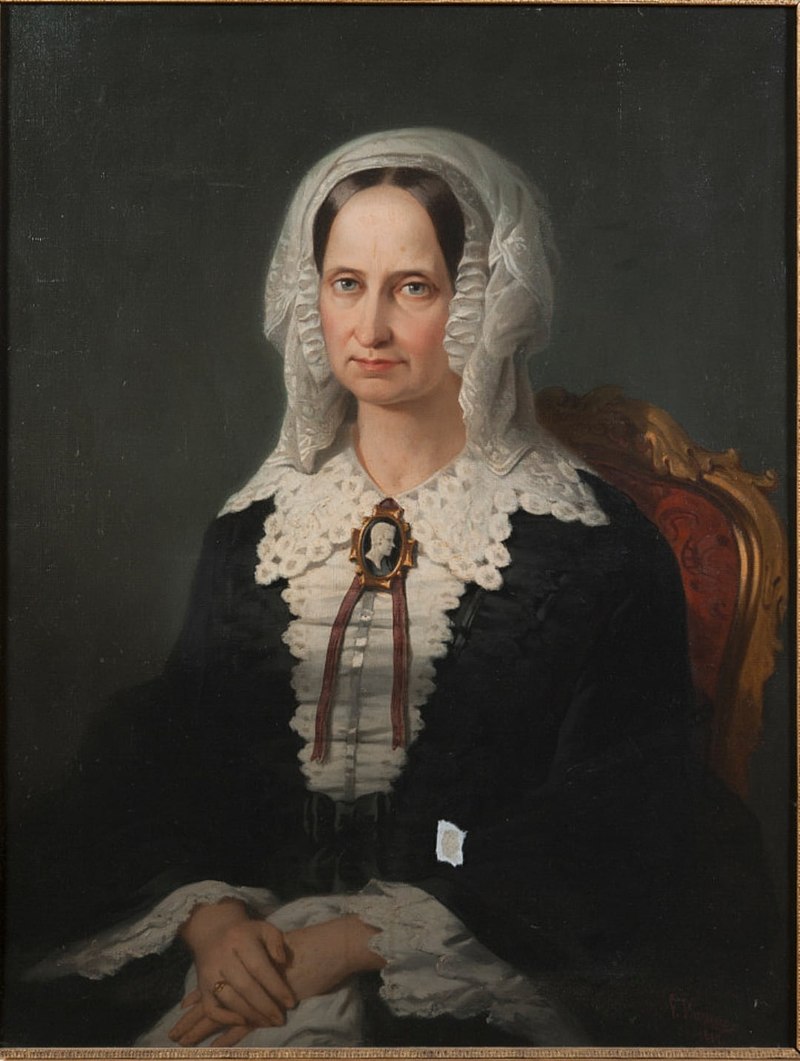
Maria Theresa, Dowager Queen of Sardinia; Credit – Wikipedia
After the death of her husband, Maria Theresa no longer appeared in public. However, she was a great influence on her son Vittorio Emanuele II, King of Sardinia. Maria Theresa was a fervent Catholic, an Italian nationalist, and a conservative who believed in checks and balances on royal power. Her son became a driving force behind the Italian unification movement along with Giuseppe Garibaldi, a general and nationalist, and Giuseppe Mazzini, a politician and journalist. Garibaldi conquered Naples and Sicily, the territories of the Kingdom of Two Sicilies, while the Sardinian troops occupied the central territories of the Italian peninsula, except Rome and part of Papal States. With all the newly acquired land, Vittorio Emanuele II was proclaimed the first King of the new, united Kingdom of Italy in 1861.

Basilica of Superga; Credit – By Paris Orlando – Own work, CC BY-SA 4.0, https://commons.wikimedia.org/w/index.php?curid=74180727
However, Maria Theresa did not live long enough to see her son become King of a united Italy. On January 12, 1855, in Turin, Maria Theresa died at the age of 53, just eight days before the death of daughter-in-law Adelheid of Austria, Queen of Sardinia, and a month before the death of her younger son Ferdinando of Savoy, Duke of Genoa. Maria Theresa was buried with her husband at the Basilica of Superga in Turin.
This article is the intellectual property of Unofficial Royalty and is NOT TO BE COPIED, EDITED, OR POSTED IN ANY FORM ON ANOTHER WEBSITE under any circumstances. It is permissible to use a link that directs to Unofficial Royalty.
Works Cited
- De.wikipedia.org. 2021. Maria Theresia von Österreich-Toskana (1801–1855) – Wikipedia. [online] Available at: <https://de.wikipedia.org/wiki/Maria_Theresia_von_%C3%96sterreich-Toskana_(1801%E2%80%931855)> [Accessed 5 July 2021].
- En.wikipedia.org. 2021. Maria Theresa of Austria (1801–1855) – Wikipedia. [online] Available at: <https://en.wikipedia.org/wiki/Maria_Theresa_of_Austria_(1801%E2%80%931855)> [Accessed 5 July 2021].
- Flantzer, Susan, 2021. Carlo Alberto, King of Sardinia and Duke of Savoy. [online] Unofficial Royalty. Available at: <https://www.unofficialroyalty.com/carlo-alberto-king-of-sardinia-and-duke-of-savoy/> [Accessed 5 July 2021].
- It.wikipedia.org. 2021. Maria Teresa d’Asburgo-Lorena – Wikipedia. [online] Available at: <https://it.wikipedia.org/wiki/Maria_Teresa_d%27Asburgo-Lorena> [Accessed 5 July 2021].





